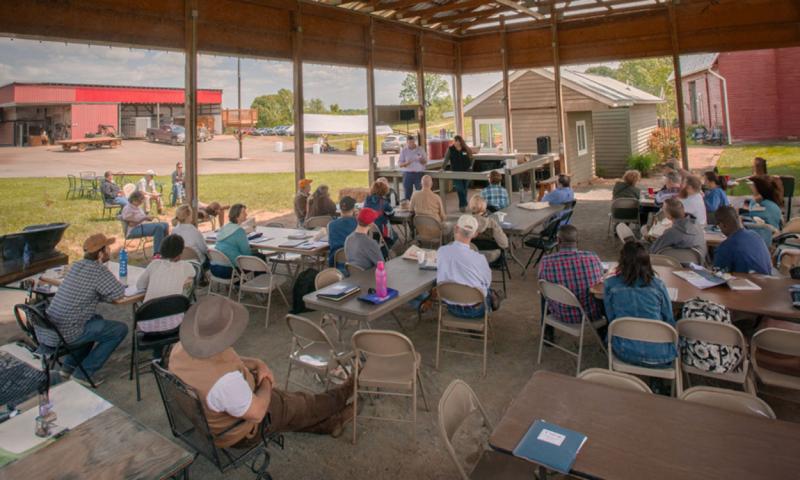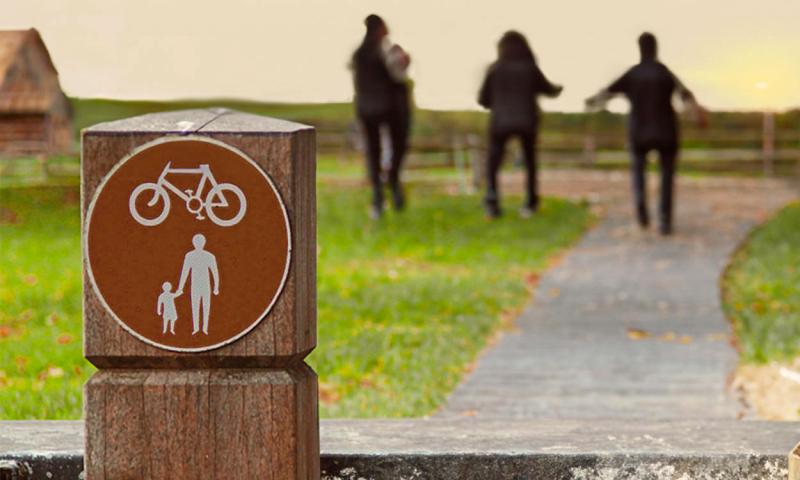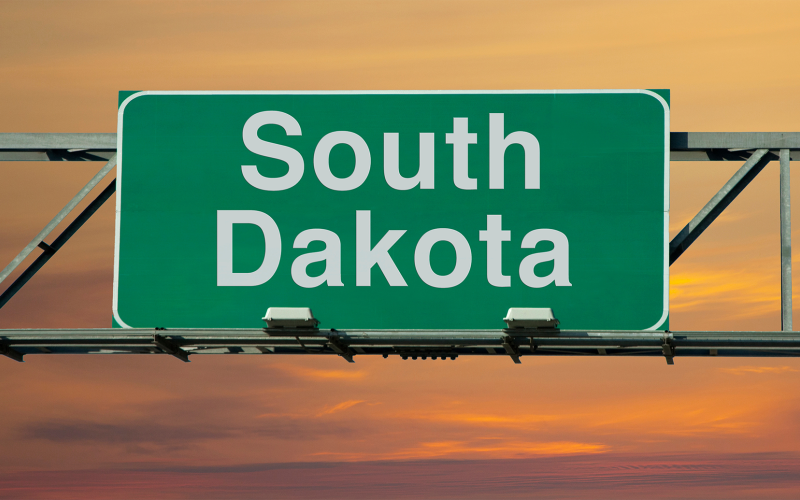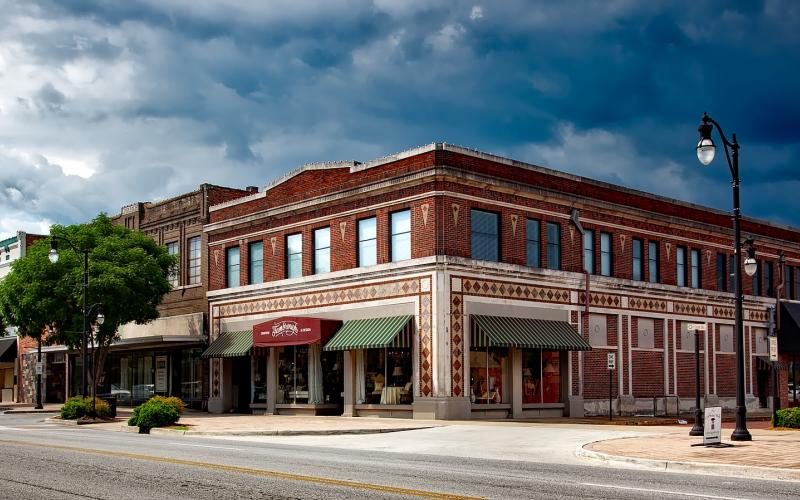When we think of an asset, many times we think inward – something that is valuable to us personally. It could be a thing, such as our home, our 401K, or perhaps a family heirloom. It could also be a quality or even be a person.
My question to you is: “How often do you think of assets as they pertain to your community?” A community asset is anything that a community already has and can be used to improve the quality of community life. It may be a physical structure, a community service, a business, or a natural resource. A community asset can be a person, and, yes, it could be you and everyone else in the community! Everyone has skills and talents that they bring to the table to help make a community a better place to live, work, and grow.
Seven Capitals

Assisting communities with identifying their assets through asset mapping is just one of the many ways that SDSU Extension Community Vitality works to help build stronger communities. It is a process of learning which resources are available in your community – essentially measuring those current resources or assets and identifying the potential for improvements. Cornelia Flora and Jan L. Flora of Iowa State University first developed the Community Capitals Framework in 2008. These aforementioned assets or “capitals” come in seven forms: natural, cultural, human, social, political, financial, and built. When those resources or assets are invested, they become capital. Community capitals are all of the things in a community that have the potential to be a resource.
Investing in Communities
While the capitals are separated into seven separate categories, each of them has a connection with each of the other types. An easy way to understand community assets or “capitals” is to think of them as a community bank with seven accounts. Each bank account holds the strengths, skills and opportunities available to and residing within community members. Depending on how people choose to use these resources, the contents of each account may be spent, invested, squandered, or used up.
For example, if a community wanted to build a walking path through their town, it must be able to tap into several of the community capitals to reach their goal.

Here is what it could look like:
- The new walking path committee organizes and partners with interested community members and organizations to build awareness and fundraise (Human, Social, and Financial Capital).
- The mayor and city council agree to support the project with funding and land access, while the parks department agrees to assist with landscaping and maintaining the path (Political, Built, Natural, and Financial Capital).
- The new walking path project becomes a success while using assets within six of the seven capitals. The seventh could be easily added to the equation by adding a cultural component by holding fundraisers that promote the local heritage or traditions, such as a Norwegian Kumla Dinner or a Native American Wacipi.
In Summary
Much like your personal assets, you want your community assets to work for you and maximize your return. When you identify your community assets, the real payoff and value are the actions that will improve your community. You want to put your assets to work for you and to be used when they are needed.
Helping citizens identify their connection to their community and to realize the assets they currently have and build upon them is just one of the ways the SDSU Extension Community Vitality Marketing Hometown America program fosters these important conversations and helps communities create a vision to grow and attract new residents.


